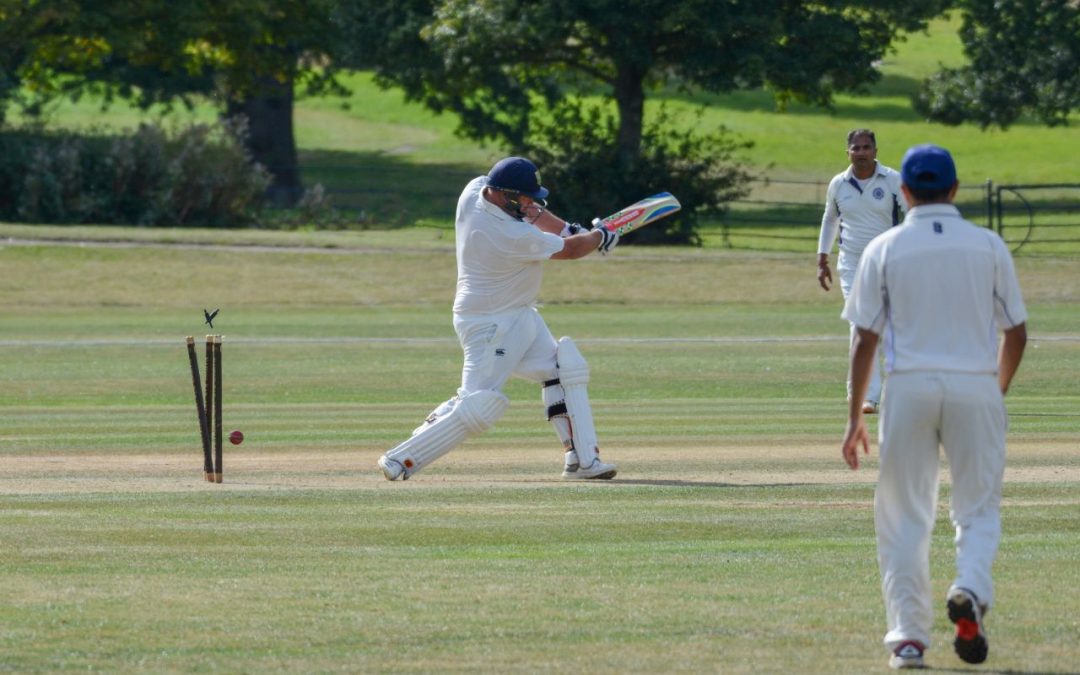Ed and Jean are the most innovative engineers in the company, and everyone expects great things from them. Right now, each has developed a new project that, if successful, could take the organisation to the next level. There’s one problem: to progress, each project needs about $1 million invested in them. The trouble is, the company has only $1 million available for new innovation investment. This is leading to a bitter conflict between the otherwise good friends, Ed and Jean. How could this conflict best be resolved?
Organisations are full of conflicts – over-scarce resources suxh as money for new projects, who gets to be on various teams or jobs, plus all the interpersonal conflicts that arise between individuals. This means that leaders and managers need to understand how to deal with conflict.
Many of us have a preferred way of resolving conflicts: whether this is simply not dealing with the issue, insisting on having our way, or creating a win-win outcome where both parties feel satisfied.
A range of styles
To understand a range of different conflict resolution styles, it’s useful to think of conflict management emerging from two dimensions: how assertive and how cooperative you want to be.
On the graphic below, you can see five common ways of resolving conflicts fall along these dimensions:
- Forcing (you demand your way)
- Avoiding (you simply don’t deal with the conflict)
- Accommodating (you give in to the other party)
- Compromising (each party gets half of what they want) and
- Collaborating, also called a win-win outcome.
Applying these forms of conflict resolution to Ed and Jean’s problem, let’s look at each in turn.
Forcing: Someone insists on having their way. For example, the boss comes and says this is what will happen:
Jean’s project will take priority. Or if Ed or Jean has more power, they might try to force their project through.
Avoiding: Nothing gets done. No decisions are made, often in the hope that the conflict will go away. Ed and Jean just wait around for a decision. Stalemate results.
Accommodating: Either Ed or Jean steps aside and allows the other’s project to proceed by giving up their claim to the investment funds.
Compromising: One solution that often appeals in situations like this is that Ed and Jean each receive $500,000. While that seems fair on the surface, it can mean that neither project has the funds it needs to progress. Stalemate often results.
Collaborating: This is the famous win-win outcome, where each party feels that their needs have been met. To achieve this for Ed and Jean, additional funding needs to be made available. Or Ed and Jean combine their projects in some way in order to proceed together.
Tip: While you might feel more comfortable using a particular style, each style has its uses.
Importance v relationship type
Think about the importance of the issue and then the relationship before you deal with your next conflict.
For example, if the issue is not important, avoiding is fine. If the relationship is important, accommodating might be the way to go. If the issue is important and has to be resolved, such as in an emergency situation, forcing may be appropriate. However, if the situation is not urgent, it’s important to consider the relationships you have with the people involved before using forcing to resolve a conflict. If collaborating is possible, then a win-win outcome has been achieved. The issue is dealt with and the relationships remain intact.
Finally, our preferred ways of resolving conflict are linked to our personalities – but that’s a topic for another time.












